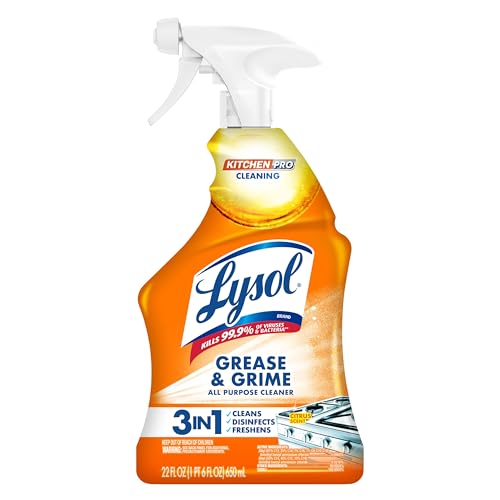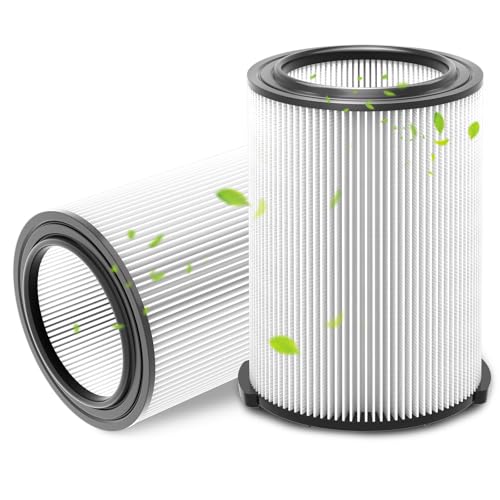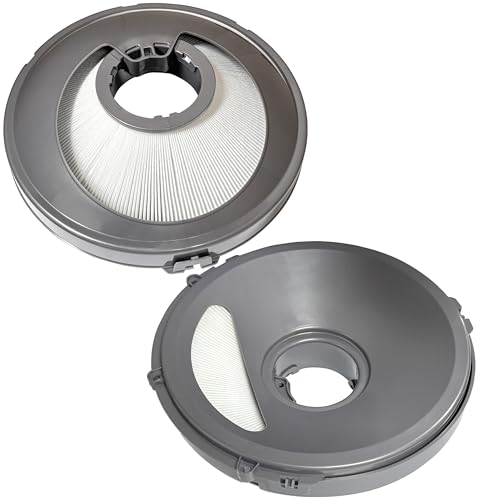I always say this: The importance of maintaining a clean vacuum filter cannot be overstated.
That’s cos filters significantly impact the performance and longevity of your Dyson vacuum, as well as protect you from allergens.
In this comprehensive guide, you will learn how to clean a Dyson vacuum filter to help you keep your vacuum in tip-top shape 🙂
Why Regular Dyson Filter Cleaning Matters
As mentioned in the intro, keeping the filters clean will allow you to extend the lifespan of your Dyson vacuum, ensuring that it remains a reliable cleaning companion for years to come!
A clean filter is paramount for maintaining your vacuum’s optimal suction power.
When the filter is clogged, your machine will experience a reduced suction, making it difficult for your vacuum to pick up dirt and debris effectively.
Regular filter cleaning is also essential for improving the air quality in your home, as a dirty filter can release dust particles and allergens back into the air, exacerbating allergies and respiratory issues.
How to Clean a Dyson Vacuum Filter
Now that you know how important it is to clean your Dyson vacuum filter, let’s go through each how-to step together 🙂
1. Identifying Your Dyson Vacuum Model
First of all, you want to locate the model number on your vacuum to determine the appropriate filter cleaning method for your specific Dyson vacuum model.
This can typically be found on a label:
- Behind your clear bin
- On the underside of the battery pack (if you have a cordless vacuum)
- Inside or underneath the handle
- On the underside of your machine
Once you have the model number, consult the Dyson website to identify the type of filter your vacuum uses.
Alternative, if you are like me and like to keep your electronics’ manuals, consult your Dyson manual to learn more about your machine’s filters.
2. Understanding The Types of Dyson Vacuum Filters
When consulting the Dyson website or your vacuum’s manual, you will learn how many and what type of filters your Dyson has.
Let’s take a look at what each filter’s role is:
Pre-motor filters
Pre-motor filters protect the vacuum’s motor from dust and debris, ensuring its longevity and optimal performance.
Post-motor filters
Post-motor filters are designed to capture fine dust particles and allergens, preventing them from being released back into the air.
HEPA filters
HEPA (High-Efficiency Particulate Air) filters are specially designed to capture even the tiniest particles, providing exceptional air filtration for allergy sufferers and those with respiratory issues.
3. Locating the Filter on Your Dyson Vacuum
The location of the filter varies depending on your Dyson vacuum model.
Consult your vacuum’s user manual or Dyson’s website for a detailed guide on locating and accessing the filter.
4. Removing the Dyson Vacuum Filter
When removing the filter, be gentle and use caution to avoid damaging your vacuum.
Follow the user manual’s instructions closely and ensure the vacuum is switched off and unplugged before proceeding.
Common challenges and how to overcome them
Some filters may be difficult to remove due to a buildup of dirt and debris.
If this is the case, gently wiggle the filter while pulling it out to avoid causing any damage.
5. Cleaning a Dyson Pre-Motor Filter
To clean a Dyson pre-motor filter, simply rinse it under cold water until the water runs clear.
Avoid using hot water or any cleaning agents, as these can damage the filter.
If stubborn debris remains lodged in the filter, use a soft brush to gently dislodge it.
Before reassembling your vacuum, ensure that the filter is completely dry, as a damp filter can lead to mildew and unpleasant odors.
6. Cleaning a Dyson Post-Motor Filter
Dyson post-motor filters typically require less frequent cleaning than pre-motor filters.
In some cases, they may need to be replaced rather than cleaned.
Consult your user manual for specific recommendations regarding your vacuum model.
To clean a Dyson post-motor filter, gently wipe it down with a damp cloth, taking care not to apply excessive pressure or use abrasive materials that could damage the filter.
After cleaning the post-motor filter, let it air dry completely before reassembling your vacuum to prevent mold or mildew growth.
7. Cleaning a Dyson HEPA Filter
HEPA filters are designed to capture exceptionally fine particles and require special care when cleaning to preserve their efficiency and prevent damage.
To clean a Dyson HEPA filter, use a soft brush to gently remove dust and debris from the filter’s surface.
Avoid using water or cleaning agents, as these can damage the filter’s delicate fibers.
Consult your Dyson vacuum’s user manual to determine when to replace the HEPA filter, as over time, the filter’s efficiency may decrease, necessitating replacement.
8. Reassembling Your Dyson Vacuum
Before reassembling your vacuum, make sure that the filter is thoroughly dry to avoid mildew and unpleasant odors.
Follow your vacuum’s user manual for specific instructions on how to correctly insert the filter.
Proper insertion is essential for maintaining optimal suction power and air filtration.
Once the filter is reassembled, double-check that it is properly seated and sealed to prevent dust and debris from bypassing the filter.
Troubleshooting Common Filter Issues
If you experience any of the issues below after cleaning your Dyson vacuum filter, make sure you follow the steps below to fix them:
Loss of suction after filter cleaning
If you experience a loss of suction after cleaning your filter, ensure that the filter is properly seated and sealed, and double-check that it is completely dry.
Filter damage
If you notice any damage to the filter, such as tears or fraying, you will have to replace the filter to maintain your vacuum’s performance and air filtration capabilities.
Unusual smells
If your Dyson vacuum smells like dog, or emits any other unusual smells, check that the filter is dry.
If the issue persists, I recommend you replace the filter.
Maintaining Your Dyson Vacuum for Optimal Performance
Adhere to a regular filter cleaning schedule, as recommended in your vacuum’s user manual, to maintain its performance and air filtration capabilities.
In addition to filter cleaning, periodically check and clean the brush roll, hoses, and attachments to ensure your vacuum remains in optimal working order.
Dyson Vacuum Filter FAQs
How often should I clean my Dyson vacuum filter?
The recommended cleaning frequency varies depending on your vacuum model, so consult your user manual for specific guidance.
Can I use a generic filter in my Dyson vacuum?
It is best to use genuine Dyson filters, as generic filters may not provide the same level of filtration and could potentially damage your vacuum.
Is it necessary to clean both pre-motor and post-motor filters?
Yes, both pre-motor and post-motor filters play essential roles in maintaining your vacuum’s performance and air quality. Cleaning both filters as recommended is crucial for optimal results.
Conclusion
Regularly cleaning your Dyson vacuum filter is a must if you wish to prolong the lifespan of your vacuum and improve the air quality in your home.
By following the comprehensive guide above, you’ll be well-equipped to maintain your Dyson vacuum in top shape for years to come, ensuring a clean and healthy living environment!





















